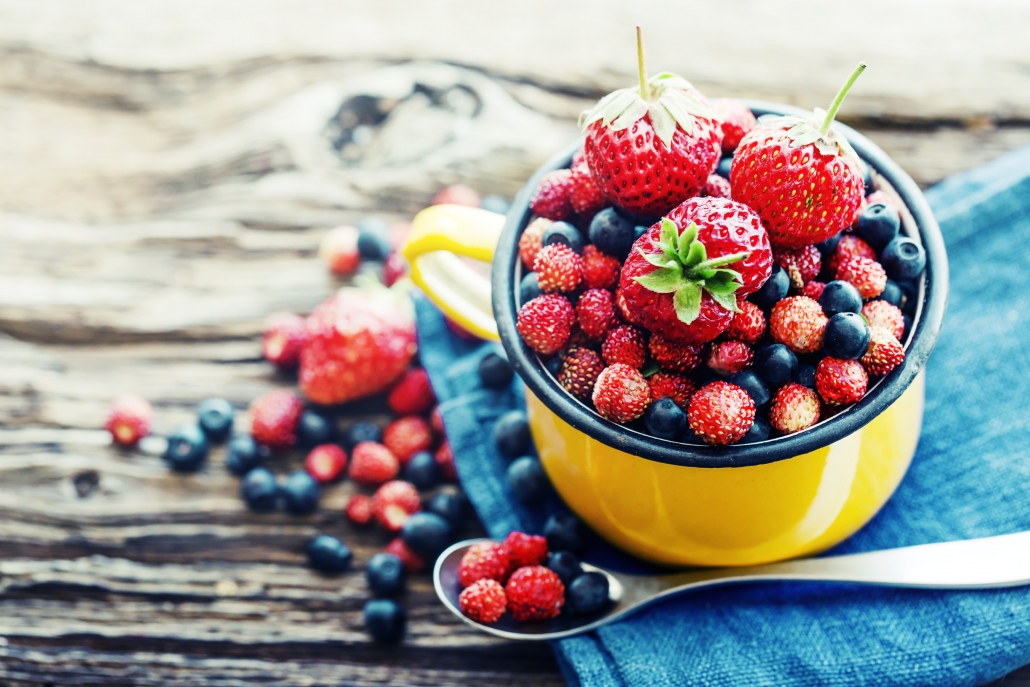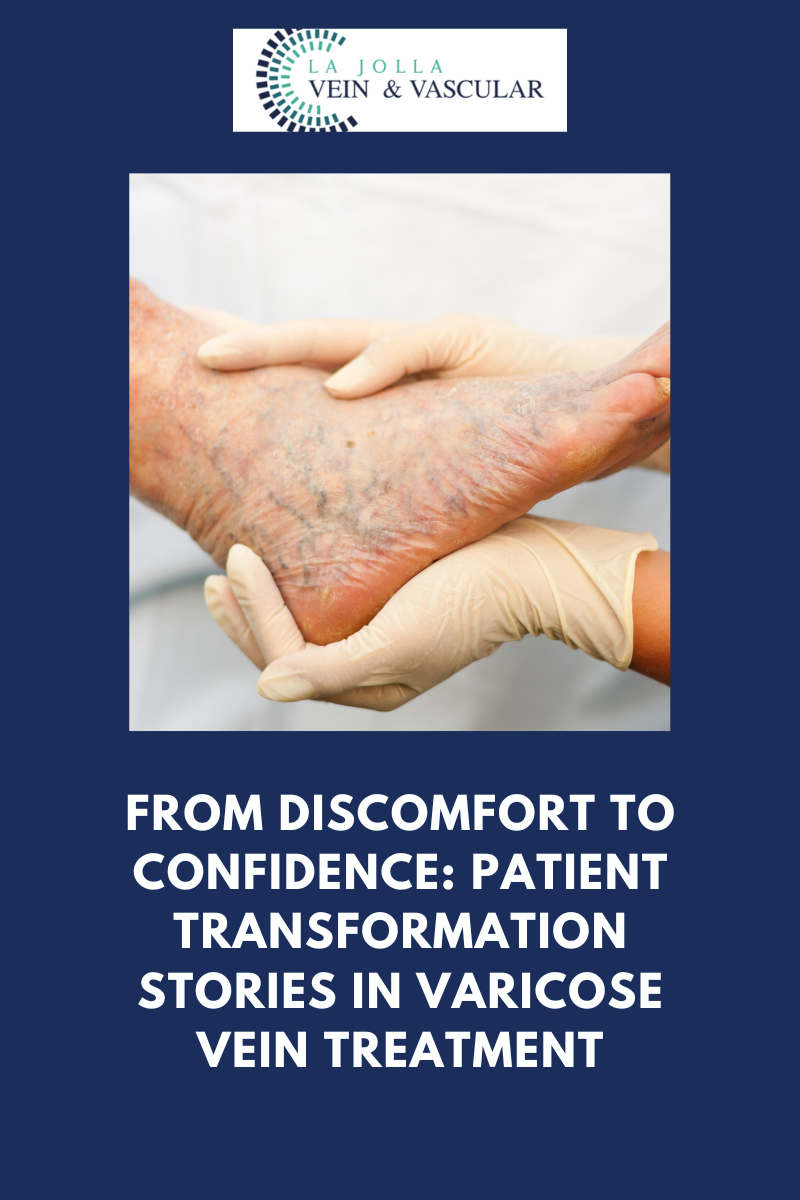Nutritional tips for varicose veins

Varicose veins are bulging, purplish-colored veins that occur when the one-way valves, which are responsible for regulating the constant flow of blood, become weak, especially in the lower limbs. Although many consider them a simple aesthetic problem, they can be a sign of circulation disorders, fluid retention, and inflammatory diseases. Fortunately, this condition can be significantly improved by making better nutritional choices before it becomes chronic.
In a diet to prevent varicose veins, it is suggested to increase the intake of some foods that promote blood flow. Similarly, the aim is to control total calorie consumption, since lowering the body mass index is a determining factor both in avoiding varicose veins and in reducing them.
Another objective is to help control the body’s inflammatory processes, whose alteration may trigger this condition. Additionally, this allows decreasing the pressure on the legs, which controls symptoms, such as heaviness and pain. So, what you need to do nutritionally speaking?
Increase Omega-3 consumption. Due to their ability to cleanse the arteries, these fatty acids are ideal for reactivating circulation, lowering cholesterol, and preventing possible blockages. These healthy fats control excess inflammation and help maintain good cardiovascular health. Choose oily fish, nuts, and seeds.
Eat more fiber. Fiber-rich foods are allies in lowering cholesterol levels and optimizing circulation. They also reduce constipation so that there are no difficulties due to the pressure produced by the difficulties in defecating. Choose fruits, vegetables, whole grains, legumes, nuts, and seeds.
Consume more folic acid. Foods containing folic acid help reduce homocysteine, an element that causes injury to the artery walls. They also prevent the appearance of thrombi, a chronic disorder that affects varicose veins and cardiovascular disease. Choose spinach, asparagus, cabbage, beef liver, whole grains, and nuts.
Increase the dose of vitamin E. This well-known antioxidant is essential in preventing varicose veins because it promotes the breakdown of lipids in the blood and optimizes circulation. Choose fruits, avocado, and olive oil.
Include diuretic ingredients. These can stimulate the elimination of retained fluids to decrease the overload of the legs. Therefore, their inclusion in the diet promotes the relief of varicose veins and prevents other diseases associated with poor circulation. Choose pineapple, artichoke, lemon, cucumber, blueberries, and parsley.
Limit salt consumption. Maintaining a sodium-rich diet is one of the factors that increase the risk of varicose veins, producing edema and high blood pressure. Because of this, it is essential to limit its intake and seek healthy alternatives. Choose healthy spices like oregano, thyme, garlic, and turmeric.
Consume healthier drinks. Healthy drinks complement the effects of the diet to prevent varicose veins. Adequate fluid assimilation helps balance inflammatory processes and promotes proper blood flow by regulating fluids in the tissues. Choose plain water and healthy smoothies or juices.





